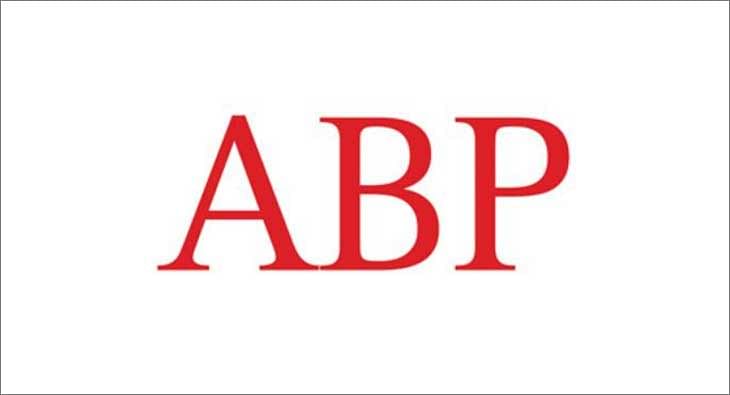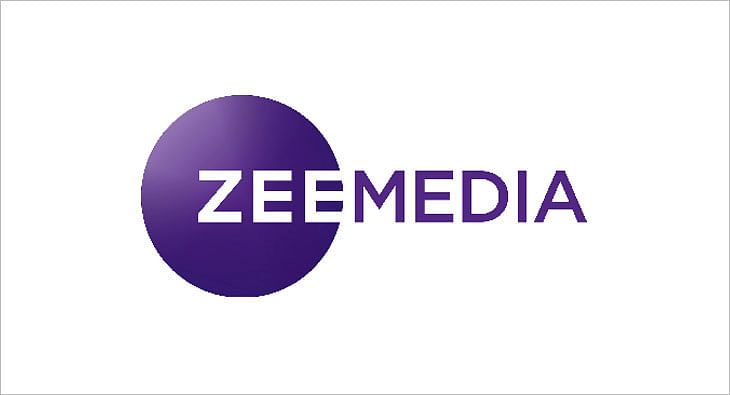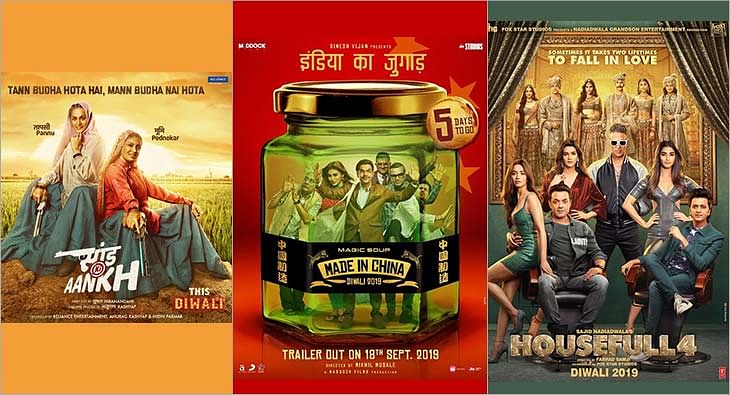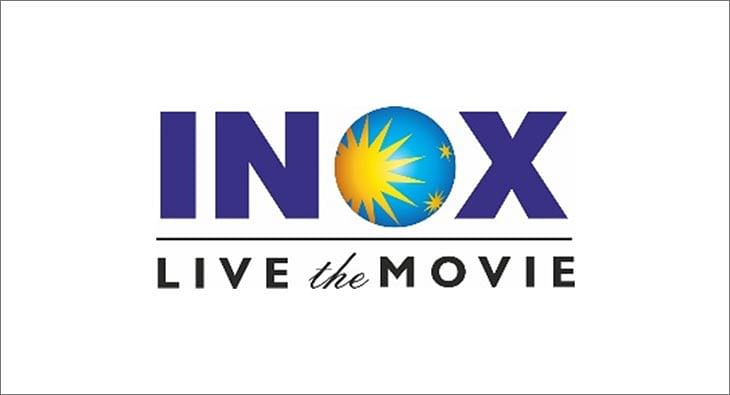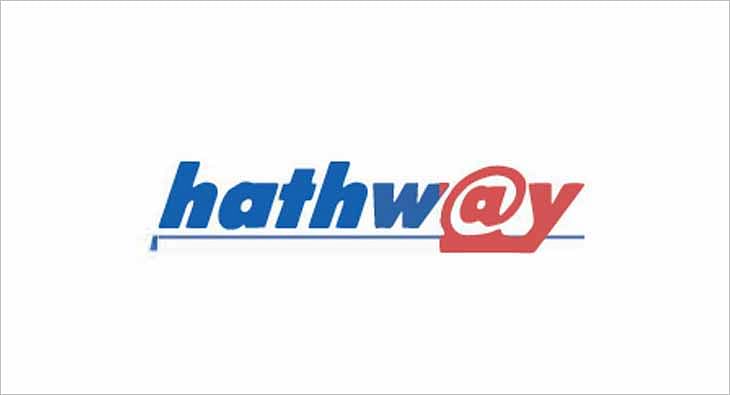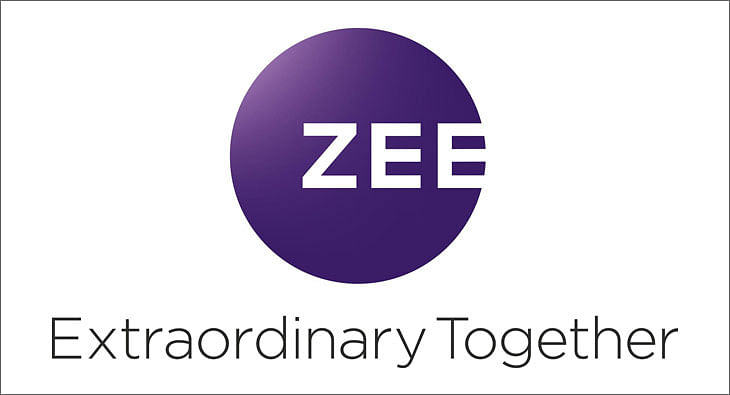Guest Column Retrofit: The integrator function of trade in a globalised environment, and its impact on Ministries
A change in assigning Ministry portfolios can change the course not just for the nation, but for the world. Veteran journalist Sandeep Bamzai takes a closer look at what could happen at world trade talks, as Kamal Nath, whom he describes as PM Manmohan Singh’s go-to man, was replaced as India’s Commerce and Industry Minister in the recently completed Cabinet reshuffle.

Smoke and mirrors, maybe? Over the last decade or so, at the very core of the global trade talks, Indian trade ministers have held sway in the slippery corridors of the worldwide mercantile system. Not only have they held sway, but they have held their own, which I guess is more important. Murasoli Maran, Arun Jaitley and finally Kamal Nath did not give a quarter nor ask for one in the tedious confabulations of the World Trade Organisation. The last named was particularly tough and unrelenting, and I saw this at close quarters when I accompanied the minister to the London G6 Summit talks in March 2006. His position, at all times, was clear - the rights of India’s farmers cannot be compromised at any cost.
After five years of unceasing and bruising dialogue on trade, Kamal Nath was replaced as India’s Commerce and Industry Minister in the recently completed Cabinet reshuffle. Representing 600 million agrarian farmers, Kamal Nath who managed to get a terrific grip on the entire gamut of trade issues, refused to back down and give in to the threats emanating out of US and European Union's bullying and dilatory tactics. I have personally seen him get up and call off deliberations because he believed they were not for the common good of Indian farmers, a constituency no Indian trade minister can afford to ignore. He would just tell his US-EU adversaries that the meeting was over because they were not willing to bend. And with India walking out, trade talks collapsed in Hong Kong, London, Potsdam and Geneva amongst other pit stops.
I remember one of his bureaucrats telling him that he couldn't take a tough stand against the French Government when the Mittal takeover of Arcelor was in the works. He shrugged it aside by saying that he thought his position was right and he would go ahead with his stance.
D Ravi Kanth wrote in the Business Standard: “A Cabinet reshuffle in New Delhi but celebrations in Geneva! That is what happened when PM Manmohan Singh announced some major changes to his Cabinet for the second term. Getting ‘rid of the commerce minister, who was widely blamed for scuppering trade talks under the Doha Round in Geneva’ figured prominently in The Economist. For liberal socialists like Pascal Lamy, director general of the WTO, and other western commentators, it was a moment of celebration.”
Interestingly the same thoughts were echoed on May 29. Food policy analyst Devinder Sharma, writing in his blog ‘Ground reality’, said, “Geneva heaves a sigh of relief. With Kamal Nath moved out of the Commerce Ministry, the probability of concluding the contentious Doha Development Round of the WTO appears brighter.”
So, was Kamal Nath tripped under US-EU pressure and divested of the Commerce and Industry portfolio? The fact that he has been given roads and highways would be seen to be equally important for India’s much needed push on its ambitious national highway development programme, after it had come to a complete standstill under the DMK's TR Baalu.
One can argue that PM Manmohan Singh might have gone to his go-to man Kamal Nath to deliver infrastructure by revitalising the Ministry in his typical doer style. But the telltale signs are visible in Ravi Kanth, Devinder Sharma and The Economist’s writings of what could well be a politically motivated divestiture. All this leaves one a little confused. The short point is that it has taken columnists and bloggers to bring forth an important issue. Was Kamal Nath sacrificed at the altar of an US-EU appeasement exercise? No journo raised the pitch on this asymmetrical move -- it was a surprise when Anand Sharma got the heavyweight portfolio of Commerce and Industry.
Industry and Heavy Industries are no longer portfolios that matter, as with the unfettering of the economy and the abolition of the license permit raj, their efficacy and clout to dictate have evaporated. The joke in Shastri Bhawan is that Heavy Industries is a ministry for BHEL, India’s power and capital goods major. Commerce on the other hand has acquired a very important hue in the recent past. The reason is simple -- trade is an integrator in a globalised environment.
The Seventh WTO ministerial is slated for Hong Kong from November 30 to December 2. This meet is believed to be crucial. Kamal Nath was refusing to buckle under pressure; he was not willing to compromise India’s position (read farmers’ rights) vis-a-vis agricultural subsidies and non-agricultural market access (NAMA). When the last round of WTO collapsed in Geneva in August 2008, Kamal Nath braved enormous pressure. India’s civilian nuclear deal was being rammed through, and I guess the US wanted some sort of quid pro quo.
The elusive Doha deal may well have hung in the balance at this vital juncture. It is well known that George Bush rang up PM Manmohan Singh thrice to convey the early resolution of the trade talks. But Kamal Nath stood his ground and the trade talks turned to dust yet again. It was not just nationalism which goaded him into taking his abrasive position; it was driven and determined by the conditionality attached to the trade talks, which saw Indian farmers’ interests being compromised by trade distorting subsidies. The chasm between the developed and developing nations widened with the passing of each confab. And Kamal Nath along with Brazil and South Africa first, and then China, subsequently became a rallying point for the poor and underprivileged of the developing world. He became a leader of IBSA, and in his articulate and forthright manner negotiated a no-nonsense approach to global mercantile trade.
Ravi Kanth and Devinder Sharma have done a fascinating analysis in their respective pieces. Ravi Kanth in particular, in his column ‘Trading Thoughts’, has explained the machinations lucidly. He writes, “In the blinkered weltanschauung of the WTO elite - dominated by the US and EU member countries - which includes some Indian lackeys, there is no place for the genuine trade concerns of the developing countries. They have no idea that over 100,000 farmers committed suicide over the last decade because of some pernicious external factors. These poor nations are told that the problem is not with the subsidies but with their inefficient marketing network.” Ravi Kanth ends his brilliant exposition by saying: “Poor countries in Africa and elsewhere look up to India for leadership because their demands and concerns are often ignored without murmur. And India’s demands come close to their interests.”
I found out that Ravi Kanth is a Geneva-based writer for BS, apparently he used to cover the commerce ministry during his earlier stint with BS in Delhi. So, his grasp of the matters at hand cannot be questioned.
Tradeoffs between tariffs and subsidies led Kamal Nath to take a strident position because it impinged on India’s economic sovereignty. India’s subsistence farmers have been caught in the trade talk’s maelstrom. Trade distorting subsidies have been something that IBSA has been fighting against. I remember shadowing Kamal Nath in London during the G6 summit and his constant refrain after nerve wracking deliberations with people like US Trade Representative Rob Portman and EU Trade Commissioner Peter Mandleson was “there is no formula. Ask Portman and Mandleson what they are willing to offer, I cannot compromise the lives of 300 million farmers who earn less than a dollar a day.” Nath is a politician, while he has found his metier as India’s trade minister, he would have quickly realised that his new assignment offers him immense scope to change India’s infrastructural landscape by doing what President Eisenhower did in the early 1960s in the US - build roads and connect everyone with everyone else in America. Kamal Nath will rue the fact that he has lost commerce, but at the same time, he will be excited with the opportunity to leave his indelible imprint by constructing roads and highways.
Meanwhile expect a breakthrough at the world trade talks by November for one of the biggest impediments is out of the way.
(Sandeep Bamzai is a well-known journalist, who started his career as a stringer with The Statesman in Kolkata in 1984. He has held senior editorial positions in some of the biggest media houses in three different cities - Kolkata, Mumbai and New Delhi. In late 2008, he joined three old friends to launch a start-up – Sportzpower Network – which combines his two passions of business and sport. Familiar with all four media – print, television, Internet and radio, Bamzai is the author of three different books on cricket and Kashmir. The views expressed here are of the writer’s and not those of the editors and publisher of exchange4media.com.)
Read more news about (internet advertising India, internet advertising, advertising India, digital advertising India, media advertising India)
For more updates, be socially connected with us onInstagram, LinkedIn, Twitter, Facebook Youtube & Whatsapp
You May Also Like
HT Media posts Consolidated Total Revenue of Rs 580 crore in Q2
Chairperson and Editorial Director Shobhana Bhartia says due to lower commodity prices and control on costs there has been an improvement in operating profit
HT Media has posted a Consolidated Total Revenue for Q2, 2020 at Rs 580 crore.
As per a statement released by the company, EBITDA for Q2’20 increased by 139%, and margins at 14% vis-à-vis 6% in previous year. This has been driven by softening of newsprint prices and continued focus on cost.
The Net Cash position at a consolidated level continues to be strong.
The Print ad revenue has declined due to sluggish volumes, even as yields have improved. National advertising continues to be soft, although local advertising witnessed growth.
Savings in raw material costs have driven improvement in EBITDA margins.
Chairperson and Editorial Director Shobhana Bhartia said, “Slowing economic growth has hit advertising spends in key categories, putting pressure on revenues across the media industry. As a result, our Print and Radio (on like to like basis) businesses saw revenues dip as compared to a year-ago. However, thanks to lower commodity prices and a tight control on costs, we saw an improvement in our operating profit. On the digital front, Shine, our online recruitment portal has shown good progress and continues to grow. Our outlook for the coming quarter remains cautious, given overall economic sentiment and macroeconomic trends. Cost-control and falling commodity prices should help protect our margins.”
Read more news about (internet advertising India, internet advertising, advertising India, digital advertising India, media advertising India)
For more updates, be socially connected with us onInstagram, LinkedIn, Twitter, Facebook Youtube & Whatsapp
ABP Group posts Rs 15.70 crore as net profit in Q1 FY20
The group’s total operating income stands at Rs 365.55 crore
ABP Group has posted a net profit of Rs 15.70 crore in the first quarter of FY20, as per media reports.
The group’s total operating income stands at Rs 365.55 crore.
It’s net profit for the fiscal ended March 31, 2019, was down 68% to Rs 31.90 crore compared to the previous fiscal.
The Profit Before Interest Lease Depreciation and Tax (PBILDT) has also dropped 53.52% to Rs 107.12 crore.
The group has six news channels - ABP News (Hindi), ABP Ananda (Bengali) ABP Majha (Marathi) and ABP Asmita (Gujarati), ABP Sanjha (Punjabi) and ABP Ganga (Hindi).
Read more news about (internet advertising India, internet advertising, advertising India, digital advertising India, media advertising India)
For more updates, be socially connected with us onInstagram, LinkedIn, Twitter, Facebook Youtube & Whatsapp
Zee Media posts consolidated revenue of Rs 137.03 crore for Q2 FY20
ZMCL has recorded 4.4% growth in operating revenue for first half of FY20
Zee Media Corporation Ltd (ZMCL) has posted a 4.4 per cent growth in operating revenue to Rs 337.6 crore in the first half of FY20, as per media reports.
It has reported a consolidated revenue of Rs 137.03 crore for Q2 FY20.
In a statement, ZMCL has said: “During the quarter, the network expanded its footprint s into Southern India through the launch of Zee Hindustan in Tamil and Telugu languages. This is intended to make the network's content accessible to wider audience.”
The operating expenditure in Q2FY20 has dropped by 21.7 per cent.
The statement further said: “EBITDA for HlFY20 improved by 34.1 per cent to Rs 1,029 million from Rs 767.5 million EBITDA for H1FY19, while the same declined by 9.4 per cent to Rs 370.2 million from Rs 408.7 million for the corresponding period last financial year. EBITDA Margin grew from 23.7 per cent in H1FY19 to 30.5 per cent in HlFY20, while growing from 24.2 per cent in Q2FY19 to 27 per cent in Q2FY20.”
Read more news about (internet advertising India, internet advertising, advertising India, digital advertising India, media advertising India)
For more updates, be socially connected with us onInstagram, LinkedIn, Twitter, Facebook Youtube & Whatsapp
No slowdown here: In-cinema ad rates up by at least 50% for 3 big Diwali releases
Housefull 4, Made In China and Saand Ki Aankh ready to hit the silver screen this week, with the hopes of giving brands the eyeballs they look for in theatres
It’s that time of the year again when theatres gear up to pocket maximum gains. Diwali is here and there are three films ready to hit the silver screen this week--Housefull 4, Made In China and Saand Ki Aankh. The festive period brings much joy to exhibitors, distributors and theatre owners because it ensures footfalls, giving brands the eyeballs they look for. In fact, industry experts don’t feel that economic slowdown this year has impacted in-cinema advertising. While they are concerned about three movies clashing during Diwali, they predict 50-100 per cent rise in ad rates during this period.
Advertising moolah
Mohan Umrotkar, CEO, Carnival Cinemas, is expecting 60-70 per cent surge in advertisement topline compared to last year. “Going by the buzz and advance booking for these three releases, market is bullish. Advertisers have blocked most of the advt-slots during the festival period. Housefull 4, Made In China and Saand Ki Aankh all combined together should generate around Rs 350 crore topline at the box office during the festival week. We are expecting 60-70 per cent surge in the advertisement topline from last year. Also, this year we have added around 14 per cent new advertisers, and 4 per cent of them are first-time cinema advertisers,” he says.
But according to Siddharth Bhardwaj, Chief Marketing Officer - Head of Enterprise Sales, UFO Moviez, things have changed a lot in the last couple of years. “Since some films have not really lived up to their expectation, advertisers are spreading the spends all through the year. They are picking up far more number of titles in the year rather than focusing only on Diwali or Eid.”
“It is good for the industry because you can monetise the inventories beyond just big weeks. A lot of content- driven films have come up which has given us the opportunity to monetise more markets. It has put lesser pressure on Diwali. Most of the cinemas are sold out for Diwali. It becomes difficult to accommodate everything,” Bharadwaj opines. He also reveals that for this week, the inventories are already full.
Diwali ad rates
Experts reveal that ad rates differ from property to property and depends on location as well. But Diwali surely sees a massive hike in rates. This year, theatre owners are expecting 100 per cent rise in ad rates. While Umrotkar revealed that for Diwali, they are charging 100 per cent higher than the regular card rates, Girish Johar, trade analyst and film producer, shared that even the rates for putting up kiosks of brands go up during festivals like Diwali.
“It’s based on property. On a ballpark, ad rates double up. So if you are putting up a kiosk, they charge say Rs 50,000-25,000 for a month. During Diwali, they charge almost double because of the kind of footfalls theatres witness,” Johar revealed.
Economic slowdown? Not for Cinema!
This year, brands have been pulling back their spends on other mediums due to economic slowdown, but cinema seems unaffected. Calling entertainment business recession-proof, Johar explains, “If you see the other side, box office is up by 15-20 per cent. Yes, it is a bit subdued because the brands are in a wait-and- watch scenario. They are increasing their focus around consumption rather than awareness.”
Bharadwaj too seconded it by saying, “These are challenging times but our medium is very efficient. If you see economy has slowed down, but the cinema has grown instead.”
Clash cover
Three movies are clashing this Diwali which means shared screens and box office gains.
“It’s never good for us when two or more big-ticket films release together. If they would have come on different dates, there are chances that more advertisers will take advt. inventory in those weeks separately instead of that one particular week,” shares Umrotkar.
Read more news about (internet advertising India, internet advertising, advertising India, digital advertising India, media advertising India)
For more updates, be socially connected with us onInstagram, LinkedIn, Twitter, Facebook Youtube & Whatsapp
INOX Leisure Ltd sees 42% growth in total revenue
Profit After Tax up 327% to Rs 51 crore
INOX Leisure Ltd (INOX) has reported financials for the second quarter ending September 2019.
Its total revenue has risen to Rs 524 crore with a 42% growth from Rs 369 crore in the corresponding quarter in FY19. Its EBITDA has more than doubled to Rs 107 crore with a 121% growth, while the PAT stood at an impressive Rs 51 crore, up 327% from previous year’s second quarter.
Siddharth Jain, Director, INOX Group, said: “At INOX, setting new benchmarks is now a routine, thanks to our consistently sharp focus on luxury, service and technology and our uncompromised desire to offer our patrons, nothing but the latest and the best! We are delighted with our remarkable consistency on all parameters, and we are sure about maintaining the momentum and focus on innovativeness. Content once again proved that why we term it as the ‘hero’. Thanks to the creators of such spellbinding movies, which keep inviting our guests to our properties, and allowing us to pamper them with our signature hospitality. With the launch of Megaplex, we are delighted to further our endeavor of developing experience-driven cinema destinations of global standards, and we will continue to do so. On behalf of Team INOX, I assure all our stakeholders that we will continue to break barriers and exceed all expectations.”
Read more news about (internet advertising India, internet advertising, advertising India, digital advertising India, media advertising India)
For more updates, be socially connected with us onInstagram, LinkedIn, Twitter, Facebook Youtube & Whatsapp
Hathway Cable & Datacom reports 100% subscription collection efficiency in Q2
The broadband subscriber base has increased from the previous quarter’s 840,000 to 860,000
Hathway Cable and Datacom has reported subscription collection efficiency at 100%, and the broadband subscriber base has increased from previous quarter’s 840,000 to 860,000 in quarter ending September, as per media reports.
It has narrowed its consolidated net loss by 74% and the operating EBITDA has been reported 15% up to Rs 107.5 crore compared to Rs 93.1 crore a quarter ago.
The total income has dropped 2%, while the expenditure is down 6%.
In the financial results, the company has said the FTTH markets are leading growth in customer acquisition.
Read more news about (internet advertising India, internet advertising, advertising India, digital advertising India, media advertising India)
For more updates, be socially connected with us onInstagram, LinkedIn, Twitter, Facebook Youtube & Whatsapp
ZEEL posts 7.4% YoY growth in total revenue for Q2 FY20
ZEEL's domestic advertising revenue has grown 1.4% YoY in Q2FY20
Zee Entertainment Enterprises Limited (ZEEL) has reported a consolidated revenue of Rs 2,122 crore for the second quarter of FY20, recording a growth of 7.4% on YoY basis.
The Earnings Before Interest, Tax, Depreciation and Amortization (EBITDA) was recorded as Rs 692.9 crore with an EBITDA margin of 32.7%. PAT for the quarter was Rs 413.2 crore. The Profit After Tax (PAT) for the quarter was Rs 413.2 million, with a growth of 6.9% YoY.
During the second quarter, ZEEL’s consolidated advertising revenue grew by 1.2% YoY to Rs 1,224.7 crore. The domestic advertising revenues grew by 1.4% YoY to Rs 1169 crore.
ZEEL has posted 26.8% YoY growth in Q2FY20 domestic subscription revenue. ZEEL’s consolidated subscription revenue grew by 19.0% to Rs 723.5 crore during the quarter.
ZEEL’s total expenditure in Q2FY20 stood at Rs 1429.1 crore, higher by 9.9% YoY compared to Q2FY19.
While ZEE5 recorded a peak DAU (Daily Active User) base of 8.9 million in September 2019, ZEE5 users watched an average of 120 minutes of content on the platform in the same month.
During Q2 FY20, the television network had an all-India viewership share of 18.4%.
During the quarter, ZEEL’s international business revenue was Rs 208.2 crore. The advertising and subscription revenues for international business declined by 4.0% YoY and 21.5% YoY, respectively.
Zee Music Company has registered 7.1 billion views on YouTube in Q2.
Punit Goenka, Managing Director and CEO, ZEEL, said, “I am pleased with the performance we have exhibited during the quarter. Our entertainment portfolio continues to grow from strength to strength across all formats and maintained its leading position. Our television network has emerged stronger post the implementation of tariff order on the back of a strong customer connect and brand pull of its channels. ZEE5 continued to gain traction across audience segments and markets, driven by its compelling content library and expanding list of partnerships across the digital eco-system. This strong operating performance allowed us to deliver industry leading growth in both advertising and subscription despite the tough macro-economic environment. Domestic subscription growth of 27% has reaffirmed the value proposition our television network has built over the years. The impact of tariff order has now largely settled down and has brought increased transparency along with improved monetization. Our domestic advertising revenue growth, though significantly lower than historical trend, is higher than the industry growth. We have witnessed an improvement in ad spends through the quarter and we believe that the onset of festive season along with measures taken by the government will help revive the consumption growth.”
Read more news about (internet advertising India, internet advertising, advertising India, digital advertising India, media advertising India)
For more updates, be socially connected with us onInstagram, LinkedIn, Twitter, Facebook Youtube & Whatsapp




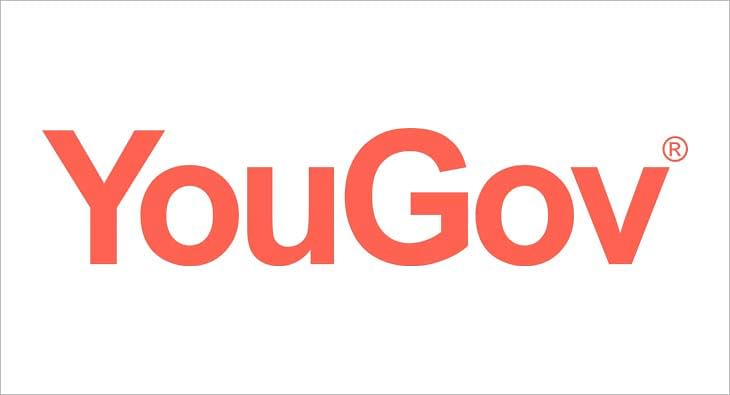
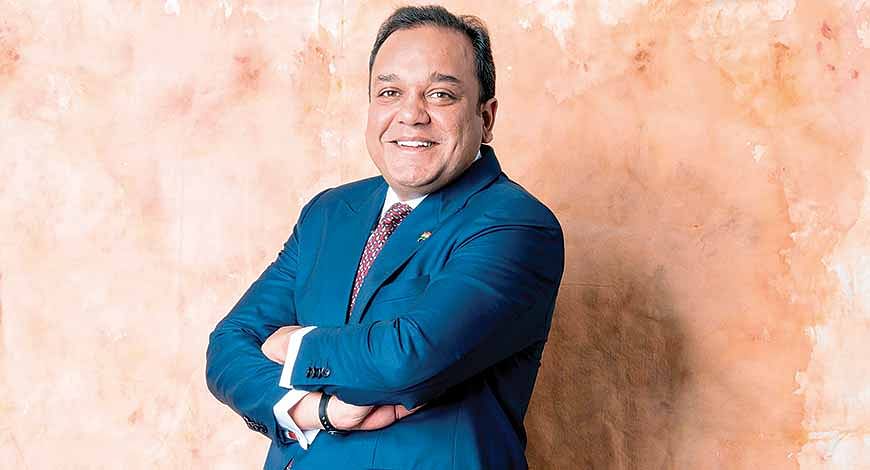
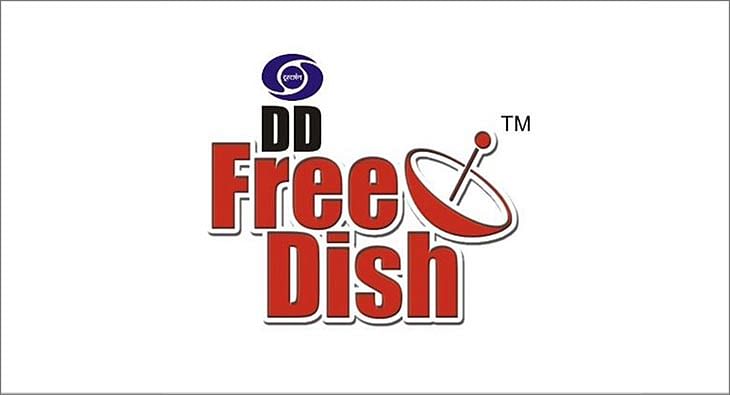







 Share
Share